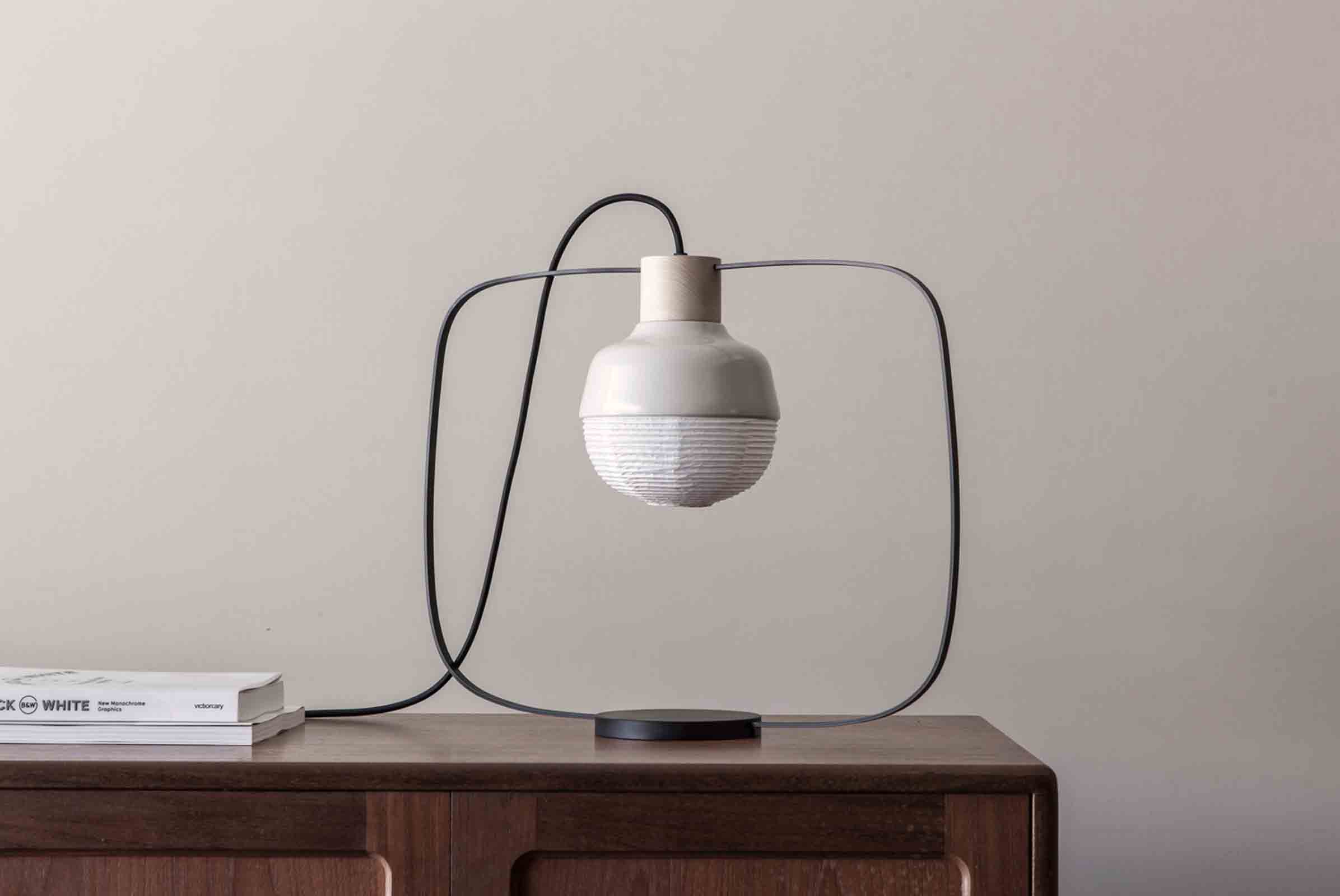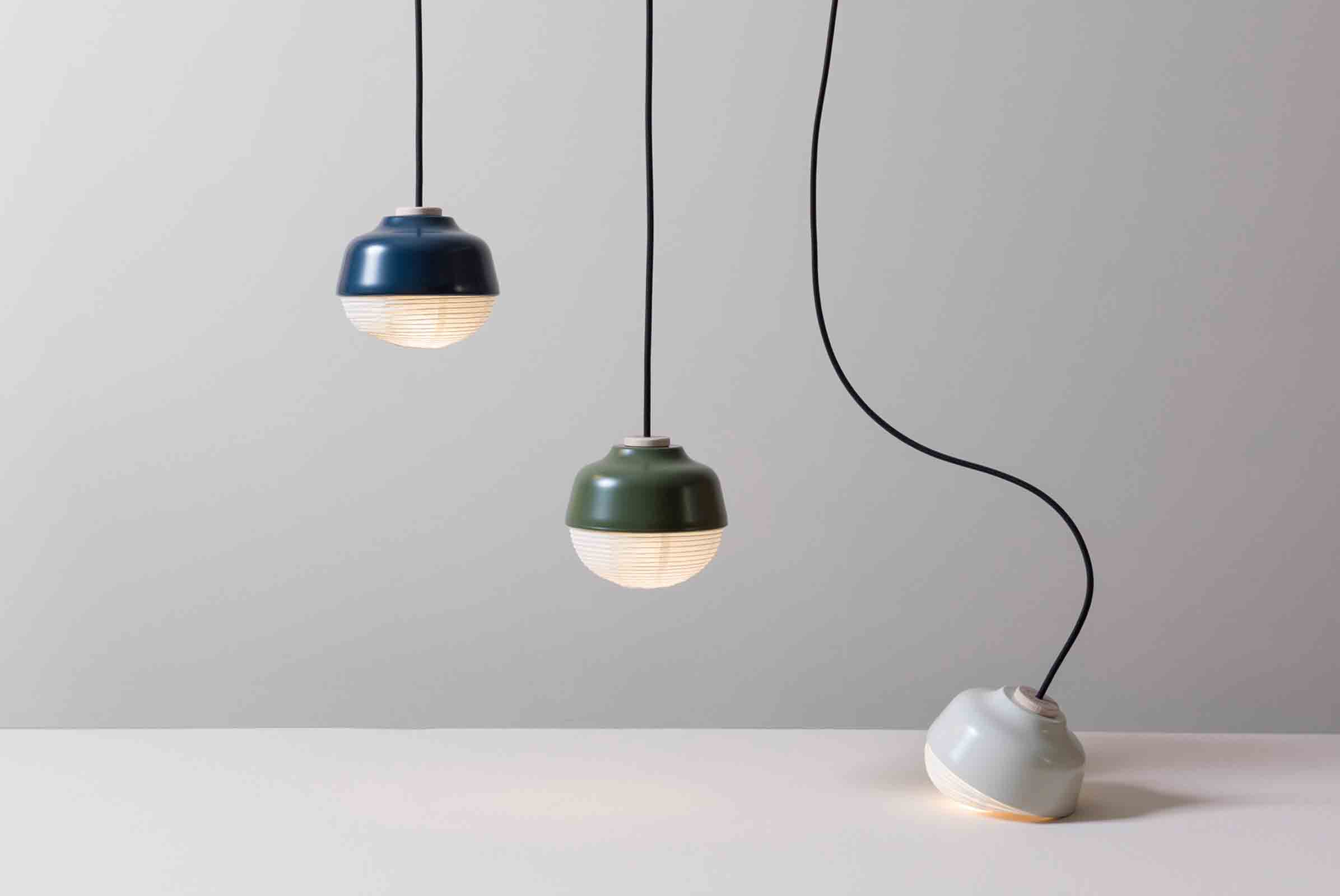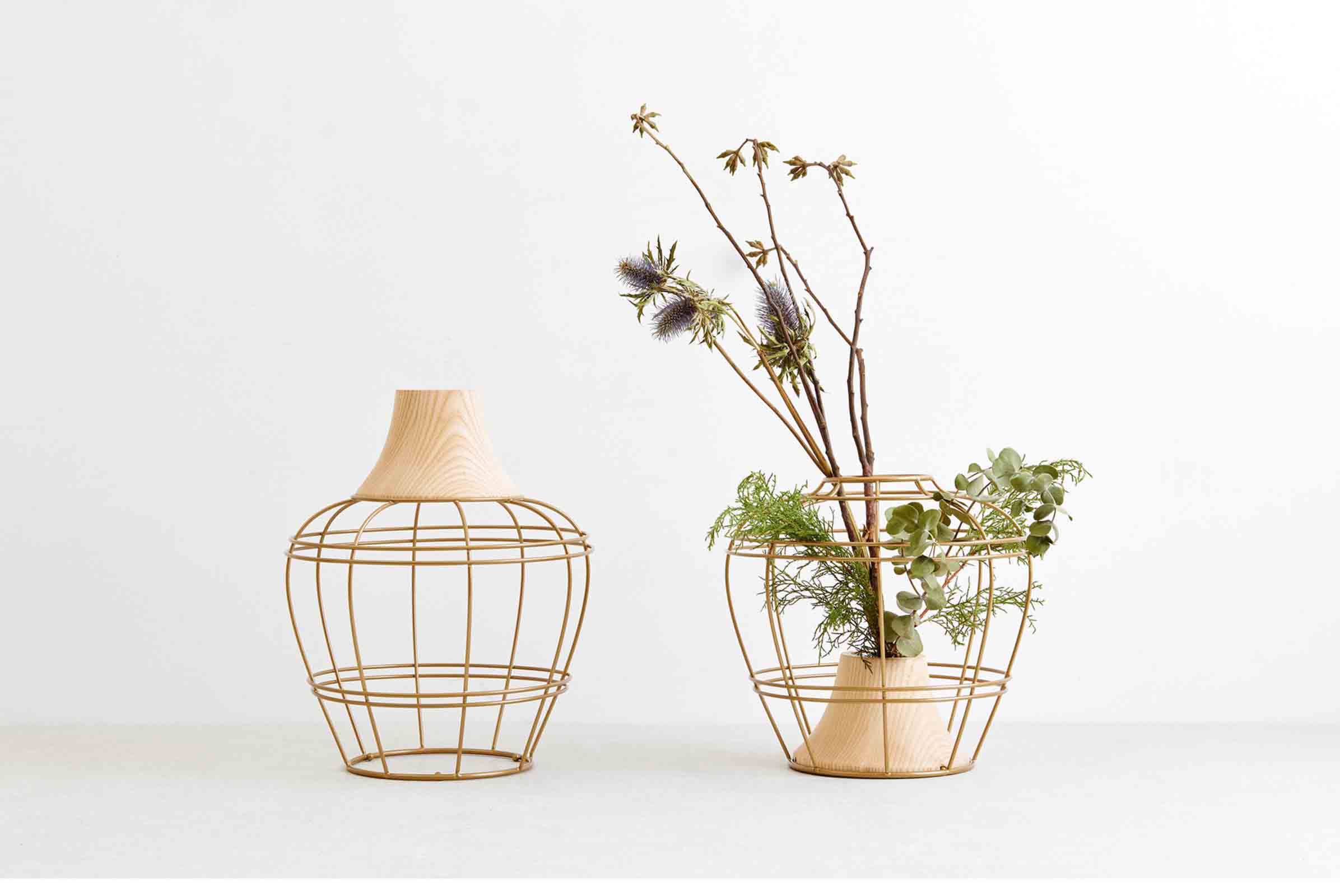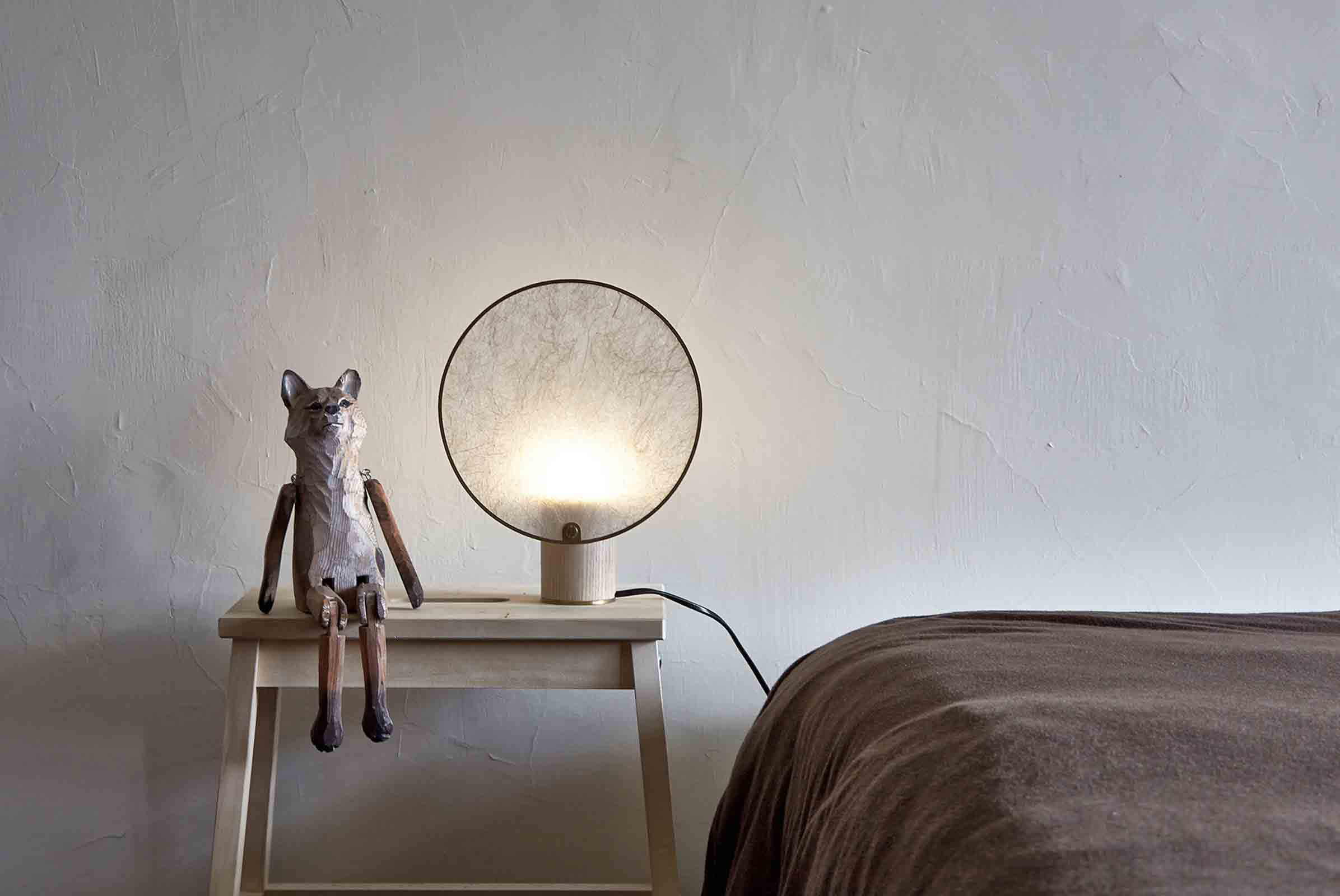Kimu Q&A

Design Anthology recently sat down with Kelly Lin, one of the young designers that make up Taipei-based Kimu, to find out more about how they work and how they came to join forces to become one of the city’s most talented up-and-coming design studios.
Design Anthology: Does the name Kimu have a meaning?
Kelly Lin: Yes. So Kimu is derived from the Chinese words Qi and Mu, meaning ‘seven’ and ‘wood’. Between the names of the founders we have seven of the ‘wood’ (木) characters. It can be difficult to explain to foreigners!
How many people are in your studio?
I am one of three designers in the studio. We each come up with ideas and then we decide which one to produce. Maybe this time it will be mine, the next time from one of the others. We vote! But we always finish each product together as a team.
How did the three of you meet?
We all met at Taiwan Designer’s week! Ketty Shih and I designed something very similar, so we were both curious who it was that designed the other product. The next year we met and realised who the other was. It was two years later that we decided to start a business. We wanted to create jobs for ourselves that we would always want to do, and never quit.
Who designed the light fixtures — the New Old Light series — and how did the design come about?
That one is mine. We realised no one else in Taipei was really doing lighting. We had been experimenting with other forms for a while, but they always looked ugly! Then we came up with a prototype and took it to London for an exhibition. People seemed interested. We weren’t really sure if we could go into mass production though.
How did you create the prototype?
It was only two years after graduating, and we didn’t really know how to work with the factories. We were soon invited to show at an exhibition in Germany and we were thinking we would sell the design to a company, just like we were seeing other designers do. So we thought we should try to take this into mass production. We had to slightly change the shape to be able to produce it. Originally the prototype was in plastic, but now it is produced in powder-coated aluminium.
When did you first realise you wanted to be a designer?
I think it was when I was in college. Our designer Ketty knew much younger — her high school majored in art, but not mine. Alex Yeh and I studied at Cheng Kung University.
What did you study?
Industrial design. But in my second year I considered giving it up because I was interested in psychology and biology. And at that time I was quite confused because I didn’t think my work was very good. But I continued and my graduate work won the Red Dot Best of the Best prize, so I thought I could continue.











